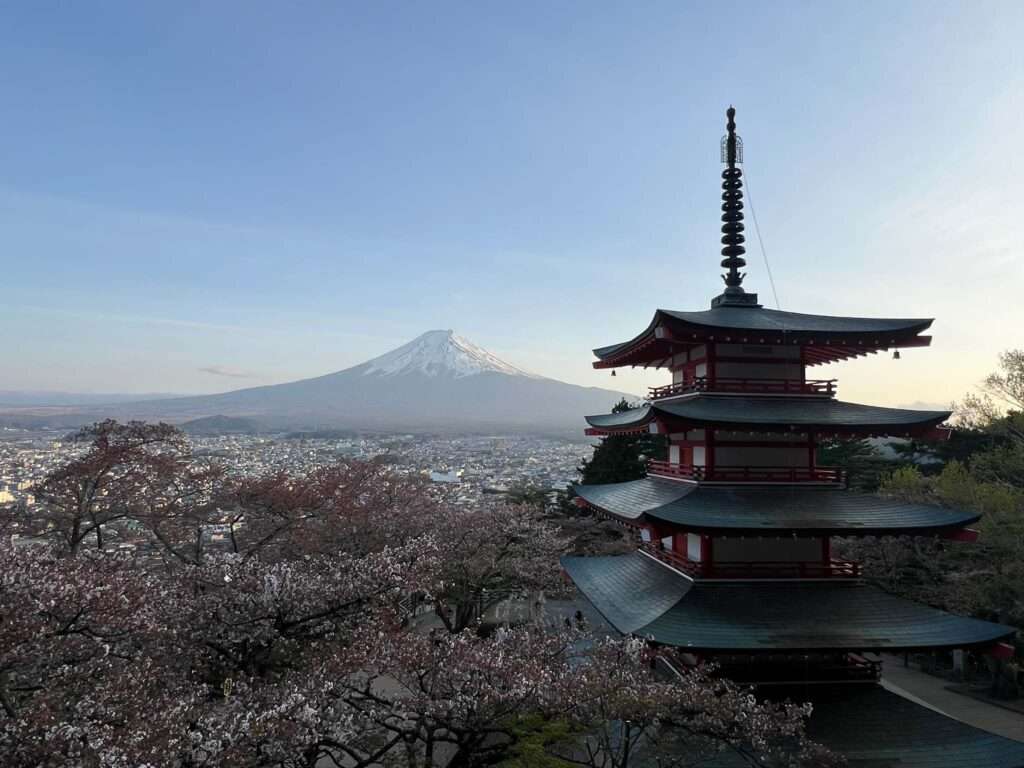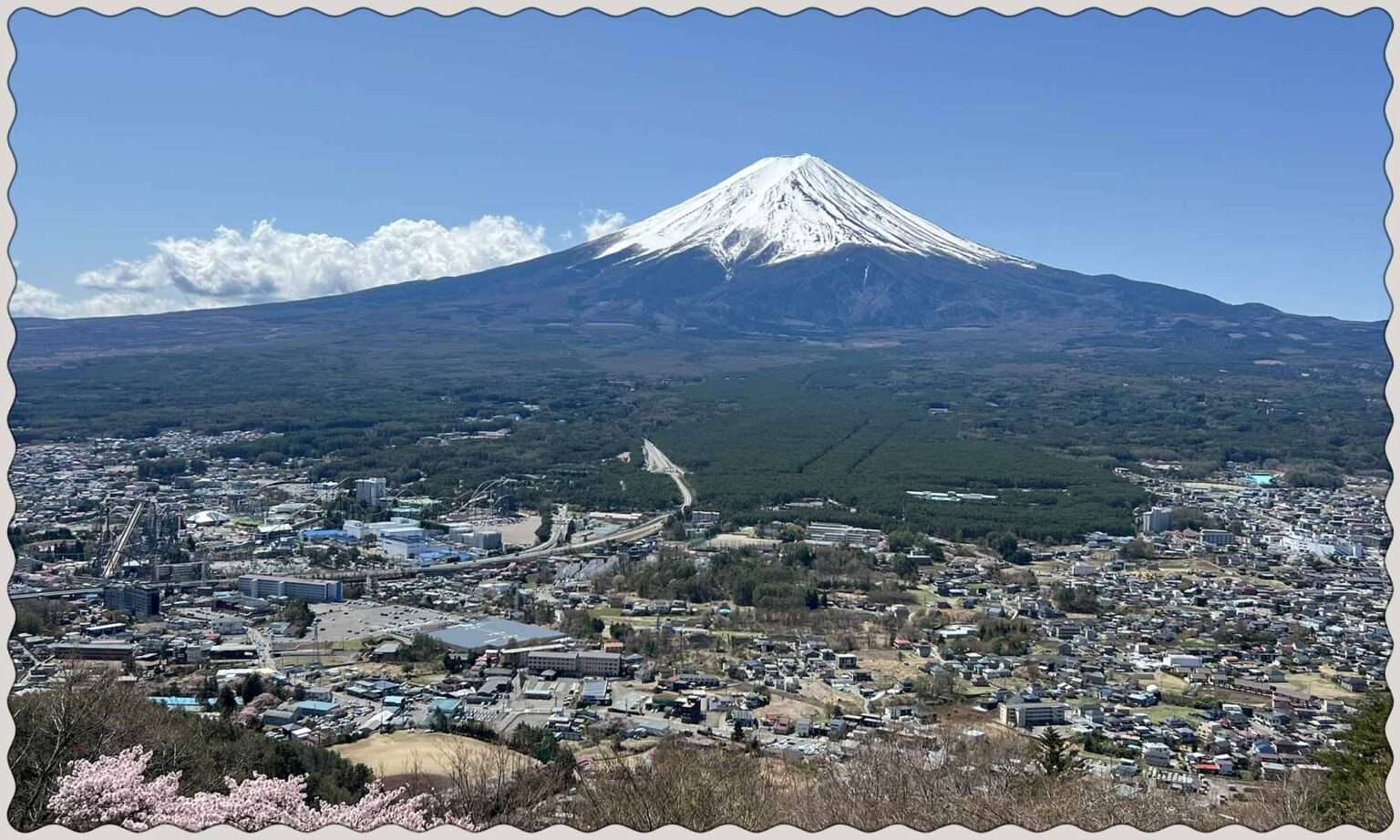Given Tokyo’s mega-city size of over 40 million people living in the metro area, it can be overwhelming for many visitors to spend an extended time there. Luckily Japan’s impressive transportation network of bullet trains makes it seamless to escape the urban lifestyle and visit many of the other rich cultural destinations throughout Japan, even for Tokyo day trips. For example, in about 4 hours the longest bullet train from Tokyo can travel to Aomori over 430 miles (700 km) away.
Destination Overview
Nikko, Kusatsu, and Mt. Fuji
Within the Tokyo area there are countless smaller cities, towns, and natural areas that can be visited for a day trip or extended for a longer stay. Some of the most popular day trips from Tokyo include the small mountain town of Nikko, hot springs of Hakone, former political capital Kamakura, numerous towns near Mount Fuji, and so much more. The hardest part of a trip to Tokyo or Japan in general is deciding how best to split up your time to gain an introduction to the country that has so much to offer.
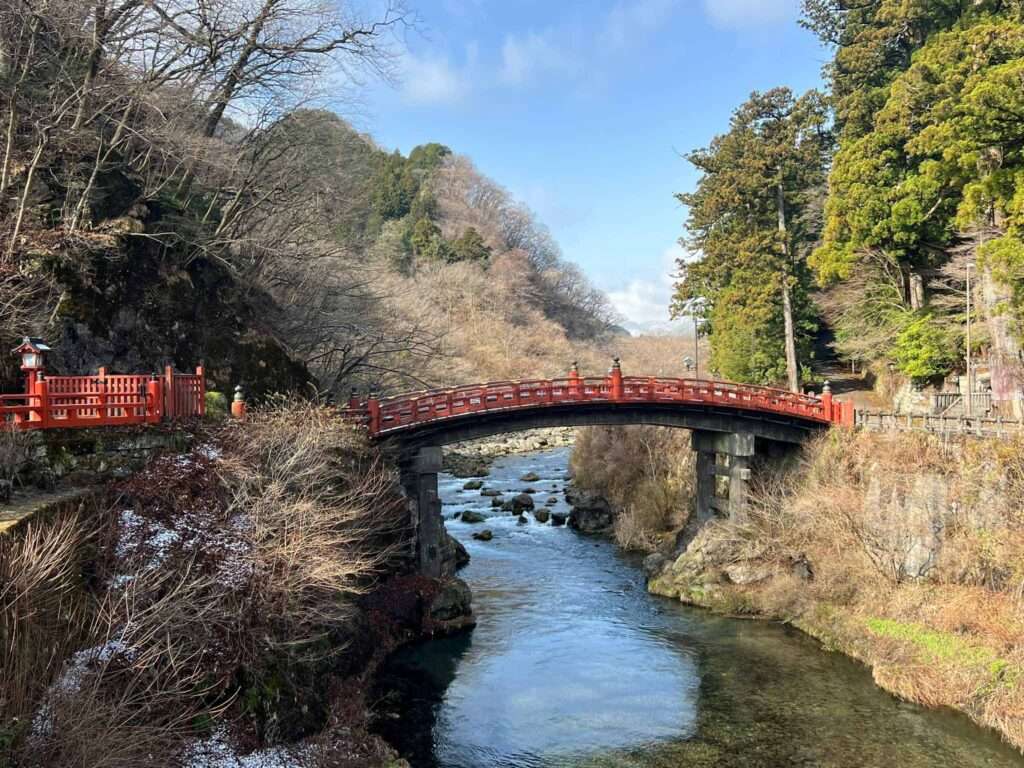
We decided to take the first of our Tokyo day trips to visit Nikko and its famous World Heritage site shrines and temples. Since we had already experienced the large crowds of Japan during the high tourism season, we knew it would be important to arrive in Nikko early. We took an early morning direct train from Asakusa Station in Tokyo so that we could arrive at the famous Nikkō Tōshogū right at opening. Walking through the quaint mountain town of Nikko was a nice change of pace, and the fresh air was free from the congestion of the dense city. When we arrived at the shrine there was already a line of people waiting to get in, but overall seemed manageable. As we navigated the impressive complex there were constant lines of people, but it was still enjoyable to take in the impressive memorial to the Tokugawa Shogunate. As we exited the shrine around midday, the line to purchase tickets stretched so far that we could not see the end and were glad to have arrived early.
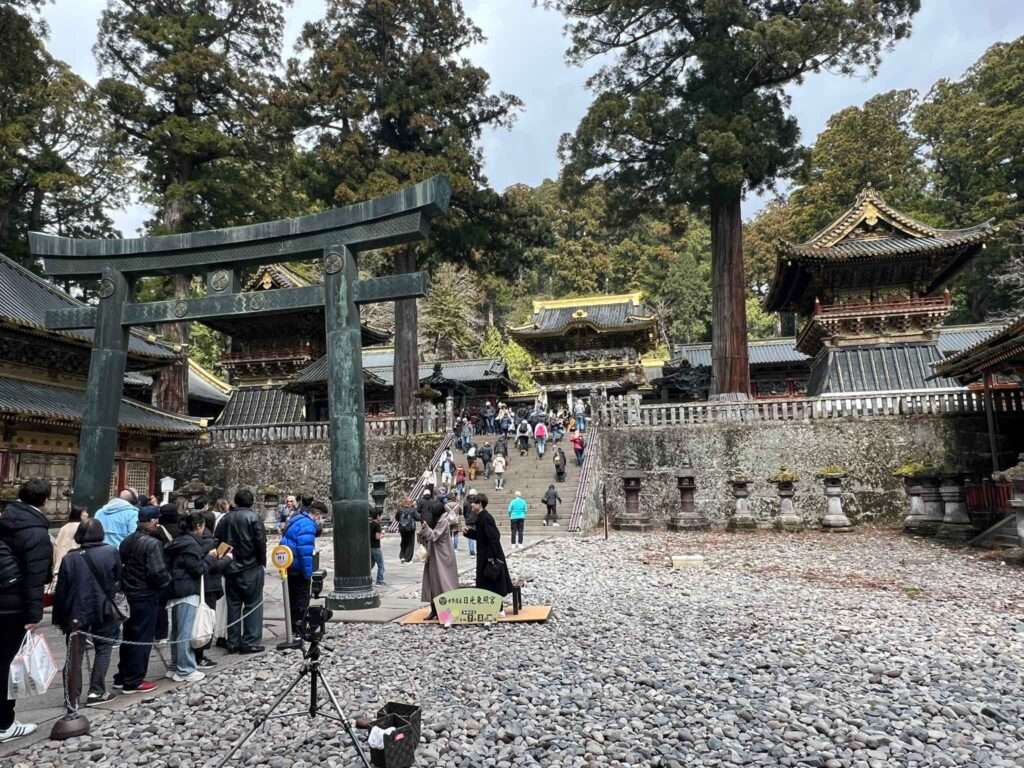
Our train back to Tokyo was in the early evening so it left us plenty of time to explore other parts of Nikko. We went for a walk around the forested paths and soon were away from the massive crowds. It was peaceful to visit less crowded historic buildings such as Nikko Futarasan jinja Haiden, Rin’noji Taiyu-in, and Nikkozan Rin’noji Temple sanbutsudo. Our ticket to Nikkō Tōshogū also included entrance to the Nikko Toshogu Homotsukan Museum which was an informative exhibit created to commemorate the 400th anniversary of Tokugawa Ieyasu’s death in 2015. After a great introduction to this historical area, we realized we did not have time to visit Lake Chūzenji and the natural areas near there. We did have the opportunity to walk to Kanmangafuchi Abyss and admire the peaceful forested trail as well as iconic Jizo stone statues. Before leaving Nikko we were able to try some of its unique food such as yuba udon (tofu skin noodles), monkey shaped taiyaki (red bean pastry), and Age-yuba manju (fried tofu skin pastry). It was a wonderful day in Nikko, but we realized staying overnight in the small towns is the best way to maximize the time there.
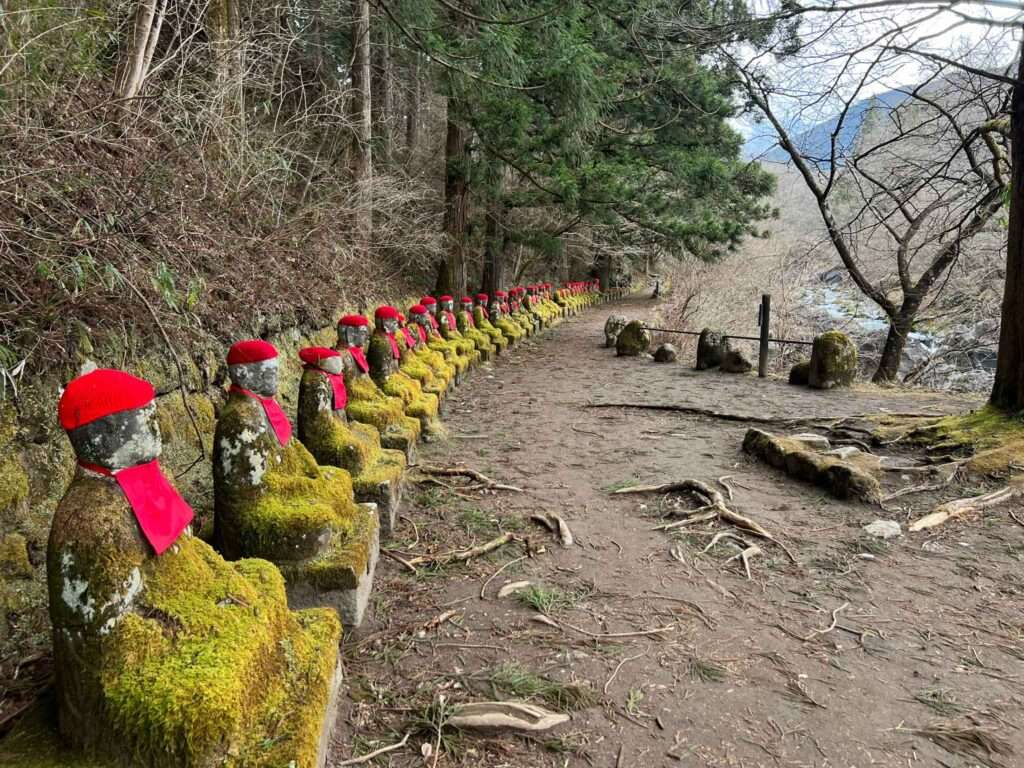
Where to Read More
Best Thing I Ate This Week
Onsen Towns Are Popular Japanese Vacation Destinations
Onsen are hot springs that generally have bathing facilities around them and are an important part of Japanese culture. Many hotels in Japanese cities have their own onsen facilities for visitors and there are public facilities that that many Japanese frequent in their day to day lives. Onsen is a social experience where friends, family, or even co-workers go to relax together. There are important cultural norms to respect while visiting an onsen. The bathing areas are gender separated, and you must be completely naked to enter the pools. Prior to entering the pools, there are shower areas where you clean to ensure that you are adhering to the high cleanliness standards. Normally people bring or rent a towel that they carry with them into the onsen pools. A lot of people place them on their head until they exit the pools where they can then wipe down the water as needed. Many onsen restrict visitors who have tattoos due to a negative association with yakuza (organized criminals), but there some onsen around the country do allow tourists to enter with tattoos.
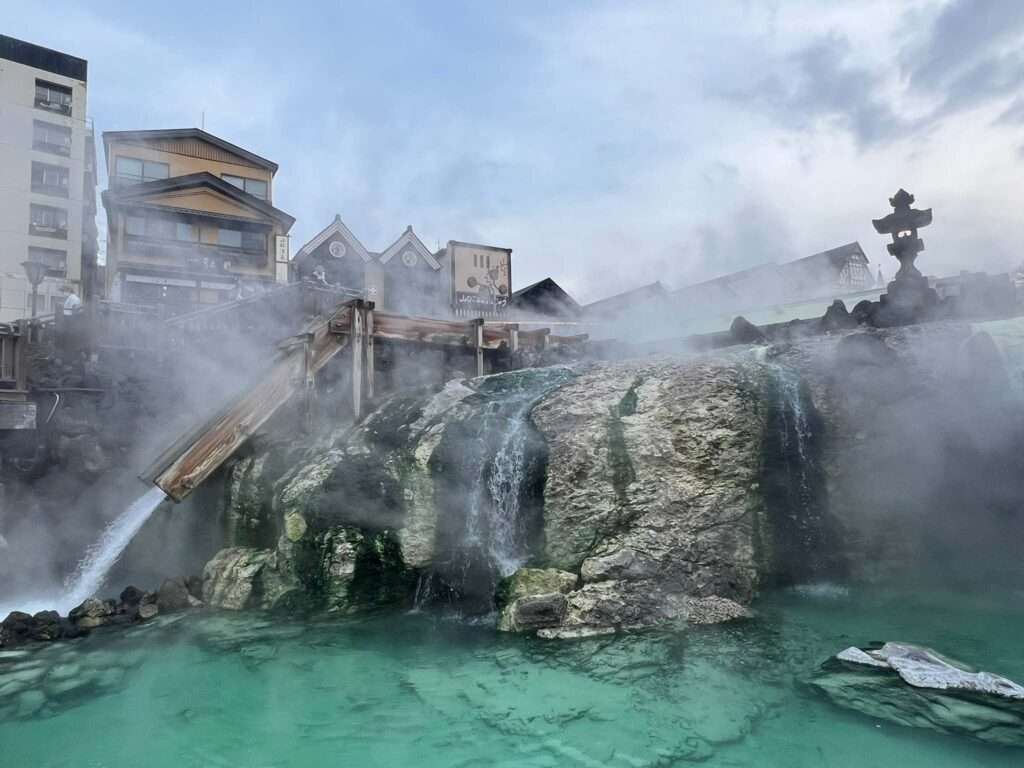
Our first experience with onsen was at a hotel in Tokyo. It was a modern indoor experience, but a great way to learn the correct way to participate in onsen without too many people around. It was such a nice relaxing experience that we went back a few times during our stay. We learned that besides the city’s more functional onsen offerings, there are entire traditional onsen towns around Japan that are very popular for domestic vacations such as Arima, Gero, and Kusatsu. We would not have time to visit Arima near Kobe or Gero near Nagoya but we saw that it was possible to reach Kusatsu relatively easily from Tokyo. Kusatsu is popular for its 13 public paths as well as some free face and foot baths around the town. Since it would take a few hours to get there by a combination of train and bus, we decided to book an overnight stay at a traditional ryokan Japanese style inn to best experience the Japanese onsen town culture.
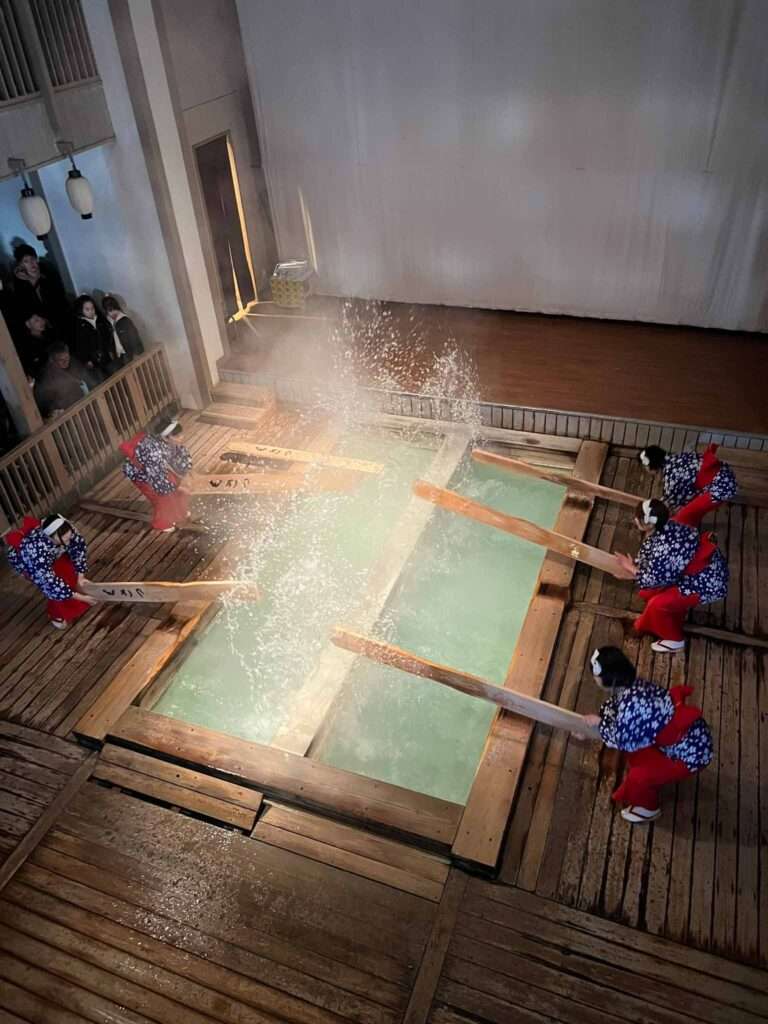
Upon arriving at Kusatsu town we were excited to check-in to our traditional inn and drop off our bags so that we could wander around the small town. The town of Kusatsu is centered around Yubatake, an incredible man-made collection pool of geothermal water surrounded by wooden shops. We started our walk there, and then strolled around the town to take part in the free foot baths and face baths while we waited for the Kusatsu Onsen Netsunoyu show. The show was an interesting re-enactment of the traditional method of cooling the baths with wooden paddles. Even though it was in Japanese, and we didn’t understand the words, it was a fascinating insight into the traditions of onsen.
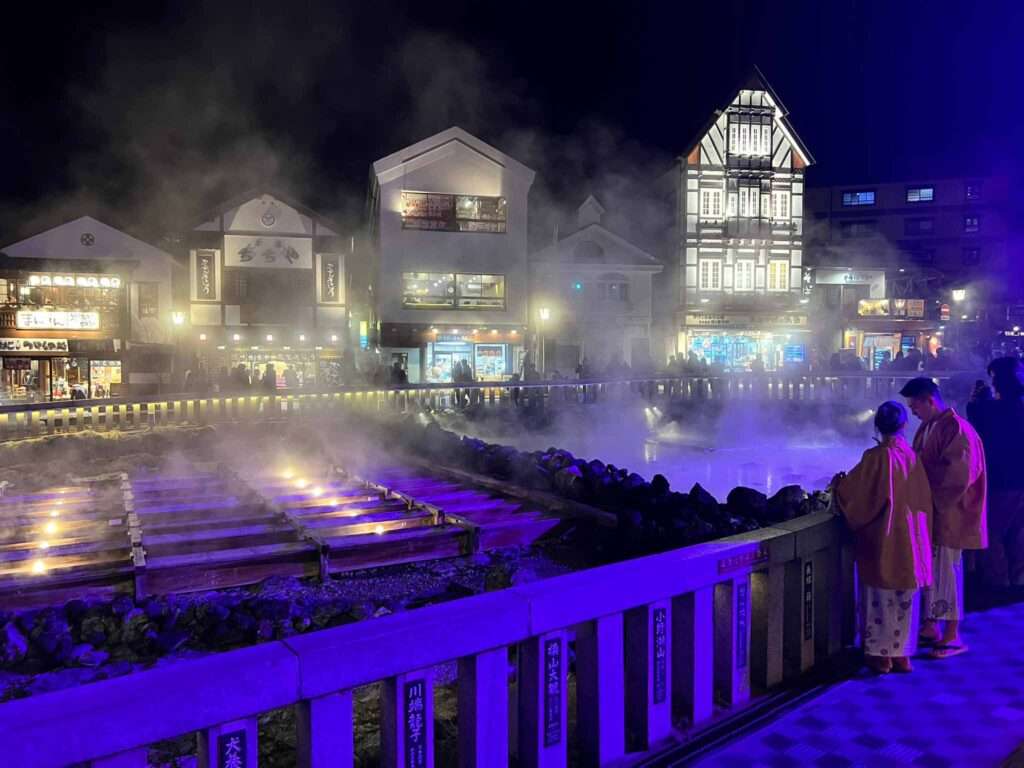
After the show we walked to Sainokawara Open-Air Bath to experience our first onsen in Kusatsu. It was a little intimidating to enter since we were the only non-Japanese visitors, but it ended up being a completely relaxing experience. We left feeling rejuvenated and went back to our accommodation to rest a little before walking around the town at night. In the evening the Yubatake was lit up beautifully with lights, and many people were visiting in traditional Japanese clothes for beautiful photos. We enjoyed a nice dinner overlooking the center of Kusatsu, and stopped at a few more foot paths on our way back to the ryokan. Since we were staying overnight, we had another morning to experience a second Kusatsu onsen, Ōtaki no Yu. This onsen was much smaller than yesterday and had indoor as well as outdoor baths. Again we were the only non-Japanese there but were accustomed to the experience and thoroughly enjoyed our last onsen in Kusatsu before heading to the bus station.
Travel Tip of the Week
Stay Overnight near Mount Fuji for the Best Experience
There are many small towns around Mount Fuji that offer incredible views of the iconic peak towering above. We were told that the Fujikawaguchiko was one of the best areas to admire the amazing Mount Fuji due to the incredible views of the mountain high above the region’s five lakes. There are express buses from Tokyo that make it seamless to reach the Kawaguchiko Station and start exploring the popular Lake Kawaguchi area. Since the area is so easy to reach, many people choose to visit only for the day from Tokyo. However, since we enjoyed the overnight stay in Kusatsu so much, we decided to stay in the small town of Fujiyoshida which was a quick train ride from the main Kawaguchiko Station. One major downside of visiting any of the small Mount Fuji towns for a day trip is that if the weather is bad or there is limited visibility due to clouds, you risk not being able to see Mount Fuji at all during your visit. Planning an overnight or multi-night stay will greatly increase your chances to have a memorable experience at one of Japan’s most iconic nature areas.
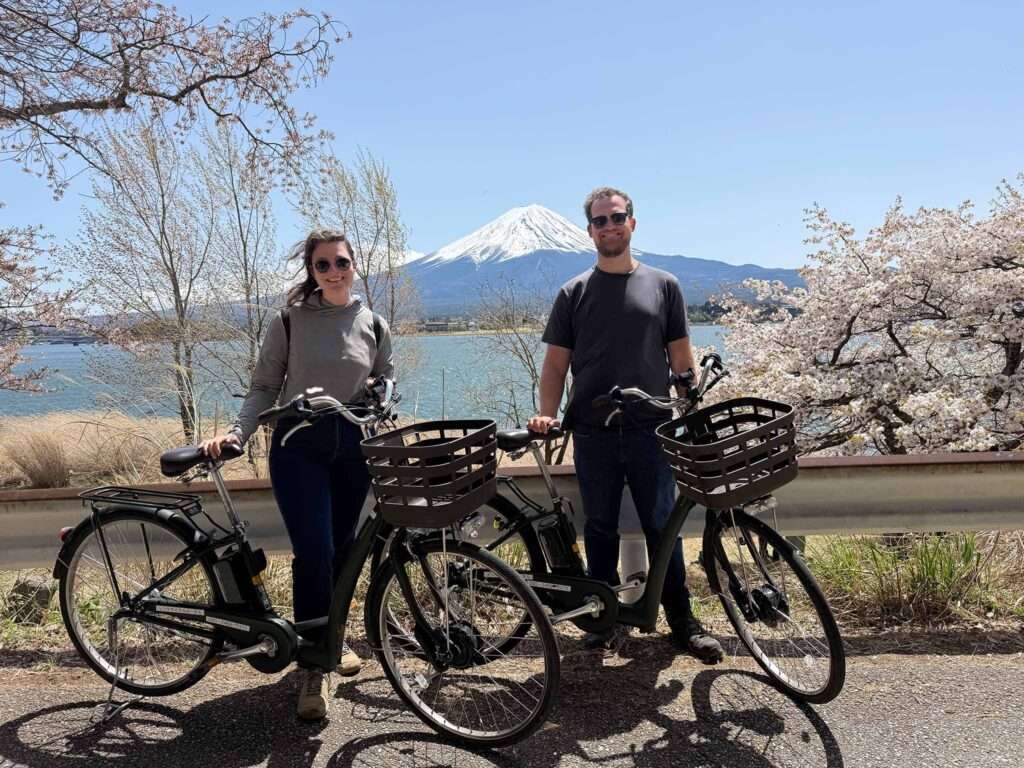
The day of our arrival to Fujikawaguchiko the forecast indicated sunny skies and great visibility. As we got off the bus at Kawaguchiko Station it was a perfect day, and we walked to the nearby Rental Cycle Puu-san to get a bike for the day to cycle around Lake Kawaguchi. They offered an electric enhanced bike which we selected to make the most of our day and be able to stop longer at favorite spots along the way. The first place we visited was Mt. Fuji Panoramic Ropeway and since it was early in the morning there was a minimal line. The views from the top at Kawaguchiko Tenjoyama Park were stunning, and the added bonus of the Sakura (Cherry Blossom) made for an unforgettable first memory of Mount Fuji. We took in the views for some time before heading back down on the cableway. There were hiking trails but since the weather was nice we decided to continue on our cycle around the lake to admire Mount Fuji from different vantage points. Since biking is so popular in this area and the region is not very populated, cycling around was relaxing and there were countless places to turn off to admire Mount Fuji. Some of our favorites along the way included Kogamasao Memorial Park, Nagasaki Park, and Oishi Park. After completing the loop we returned our bikes and went to visit the small town of Fujiyoshida.
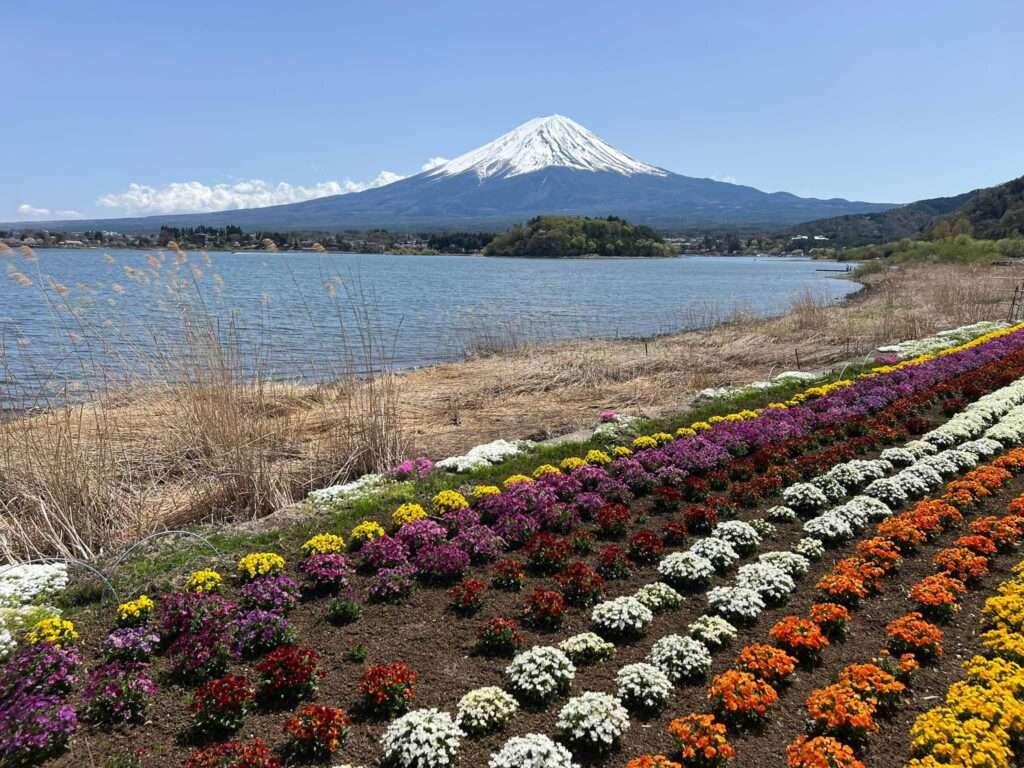
While walking around town we came across incredible views of Mount Fuji framed perfectly between buildings. Our last activity for the day was to visit the Chureito Pagoda which is one of the most recognizable images of Japan. Since it was getting late, many of the day trip visitors had left, and the walk up the pagoda was relatively quiet. When we initially arrived there was a fairly large crowd of people with some very eager to push their way for photos. However, as the sun began to set the crowd thinned substantially, and we had wonderful conversations with the remaining people. On our way back to town we stopped at a Yakiniku (bite sized grilled meat) restaurant near the Mt Fuji Station that was delicious and remarkable that even in the small towns the food is amazing in Japan. We felt fortunate to have had such great weather to fully enjoy our time at Mount Fuji. The next morning when we woke up we had some last views of Mount Fuji from our accommodation window before the clouds rolled in. For the rest of our time the mountain never reappeared, and it was a reminder of the risks for planning a day trip to see Mount Fuji.
